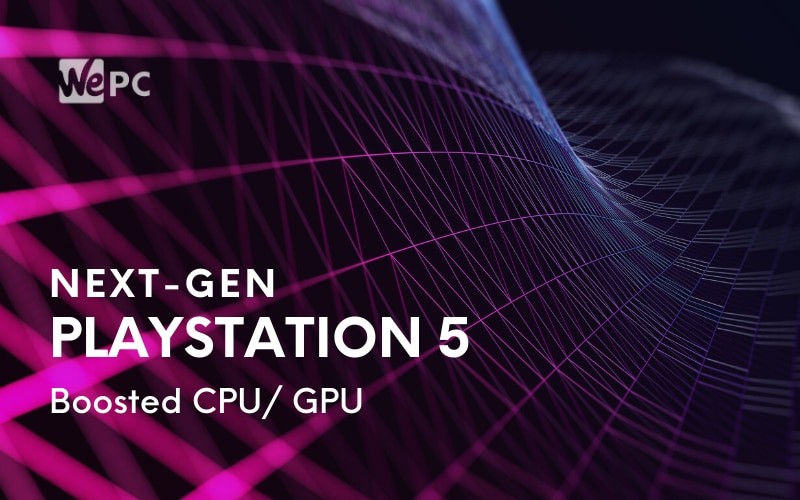mckmas8808
Mckmaster uses MasterCard to buy Slave drives
That is 100% NOT how it works. The dev does not decide where the power goes. All they have control over is the code they write, so they can write less intensive on the CPU code if they want to ensure max GPU power, but they can't explicitly do that by just setting power levels or anything.
They do have the ability to set a power budget for their workload. That is possible. On the dev kits it's limited because Sony is setting the power budget, but that'll change on the retail units.
You literally just said the same thing I said. They would move power to the GPU and take power from the CPU which would throttle the CPU and reduce performance of the CPU. The question is what are the impacts.
If the CPU and GPU can run full power all the time, what would the point of a variable clock speed be? If they can run full throttle together all the time, why would you shift power? Makes no sense.
Cerny talked about this and answered this question in the Road to PS5 show. It's to deal with the cooling issues mainly. And to get more TFs as an added bonus.
Last edited:





